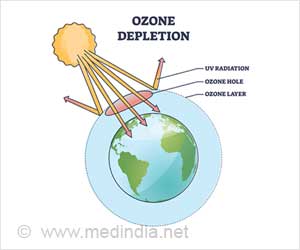For environmentalists, the new CSIRO website could prove a boon. The site will show the levels of greenhouse gases measured in the Southern Hemisphere atmosphere for the past 35 years.

The Commonwealth Scientific and Industrial Research Organisation (CSIRO), Australia's national science agency, updates data monthly from analyses of air measurements at Cape Grim, which, under baseline conditions, experiences some of the cleanest air in the world and accurately reflects global changes in greenhouse gases.
"The atmospheric level of carbon dioxide, which is the most important long-lived greenhouse gas influenced by human activities, is at its highest level in more than a million years," says Dr Paul Fraser from CSIRO Marine and Atmospheric Research. "It is currently increasing at about 0.5 per cent each year."
Dr Fraser – who has been analysing atmospheric greenhouse gas concentrations for more than 35 years – says it is important to ensure that the community at large has access to data that clearly illustrate the impact of human activities on the atmosphere.
"The measurements testify to a steady rise in carbon dioxide concentrations in the Earth’s atmosphere, mainly caused by the burning of fossil fuels and deforestation," he says. "The graphs we've made available online will enable people to examine the evidence about the major driver of recent climate change. This is fundamental information in determining the global actions needed to avoid greenhouse gases rising to dangerous levels."
The website employs a dynamic interface to allow users to analyse the behaviour of the three important greenhouse gases influenced directly by human activities and natural variability: carbon dioxide, methane and nitrous oxide. Data for the synthetic greenhouse and ozone depleting gases, such as CFCs, also are available. Water vapour, although an important greenhouse gas, is not significantly influenced directly by human activities.
Advertisement
Dr Fraser says carbon dioxide is currently rising at nearly 2 parts per million molar (ppm) per year.
Advertisement
Source-Medindia







